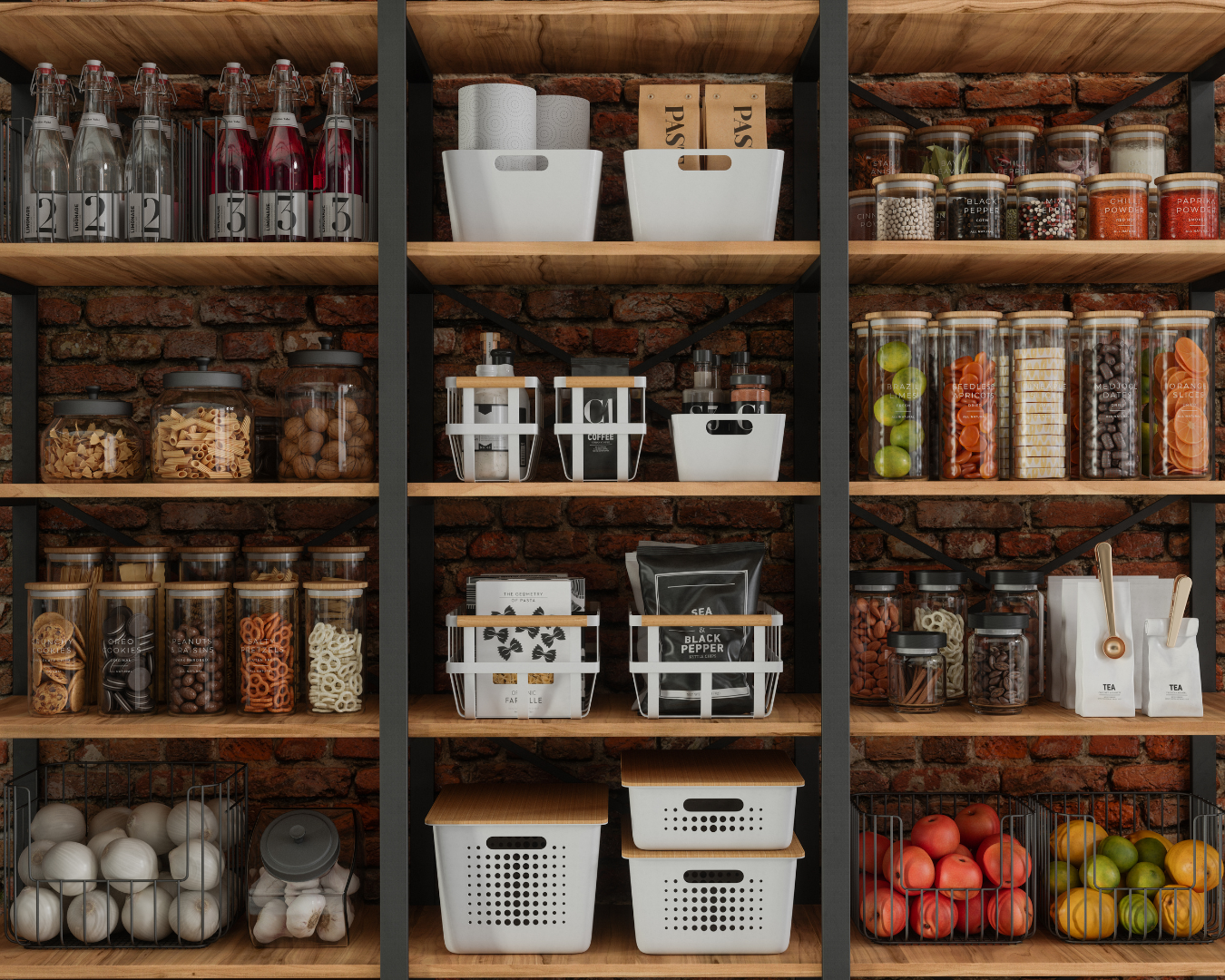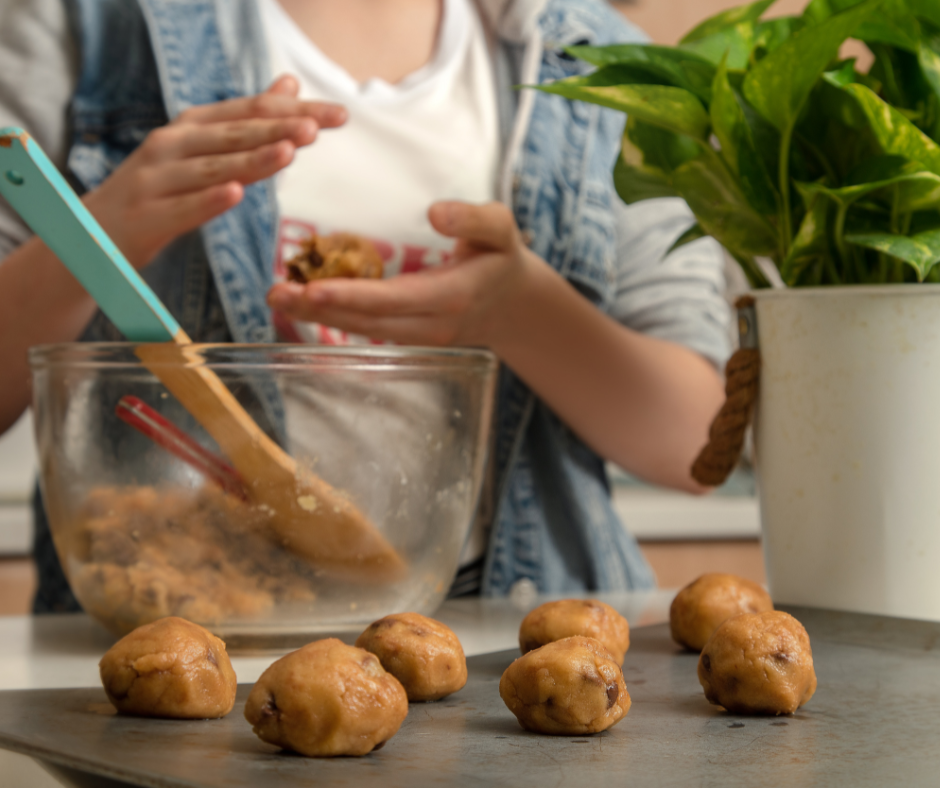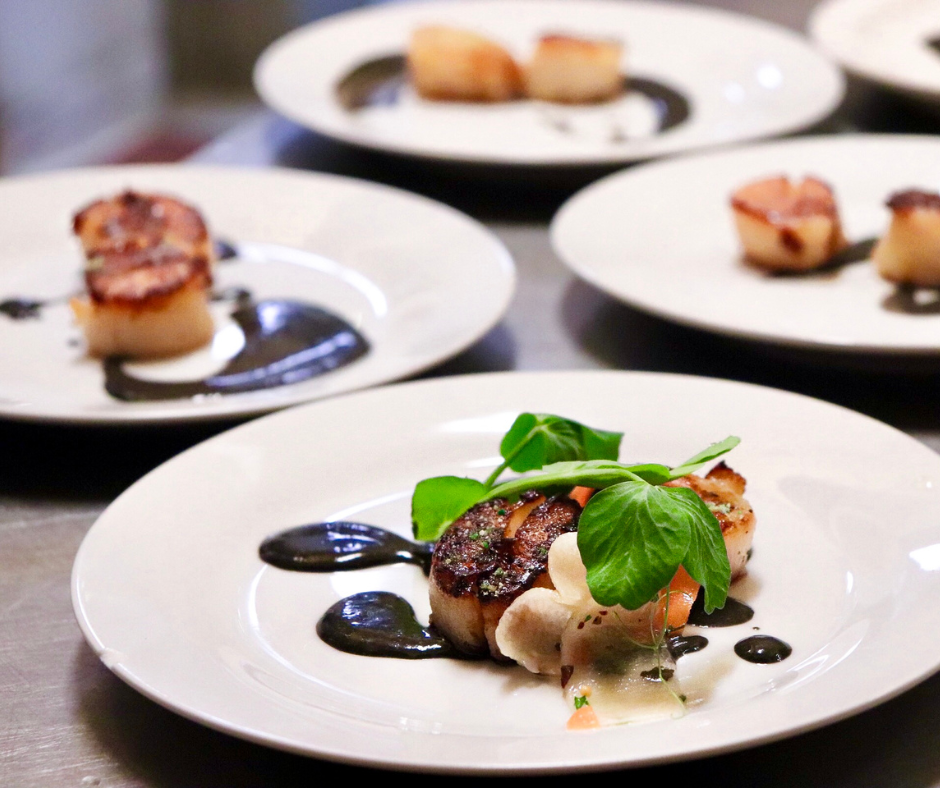How to Stock a Healthy Pantry: Essential Ingredients for Nutritious Meals
A well-stocked pantry is the foundation of a healthy kitchen. By keeping essential ingredients on hand, you can easily whip up nutritious meals without the need for last-minute grocery runs or unhealthy takeout options. In this blog post, we’ll explore how to stock a healthy pantry with essential ingredients that will help you create delicious and nutritious meals for you and your family. Whole Grains Whole grains are a staple in any healthy pantry. Opt for a variety of options such as brown rice, quinoa, oats, whole wheat pasta, and barley. Whole grains are rich in fiber, vitamins, and minerals, and they provide long-lasting energy to keep you feeling full and satisfied. Beans and Legumes Beans and legumes are versatile and affordable pantry staples that are packed with protein, fiber, and essential nutrients. Stock up on canned beans such as black beans, chickpeas, and kidney beans, as well as dried varieties like lentils and split peas. They can be used in soups, stews, salads, and even homemade veggie burgers. Healthy Fats Healthy fats are an essential component of a balanced diet and can help support heart health and brain function. Keep sources of healthy fats on hand such as olive oil, avocado oil, nuts, seeds, and nut butter. These ingredients can be used in cooking, baking, and as toppings for salads and oatmeal. Canned Tomatoes Canned tomatoes are a versatile pantry staple that can be used as a base for soups, sauces, and stews. They are rich in vitamins, minerals, and antioxidants, and they add depth of flavor to a variety of dishes. Look for canned tomatoes without added salt or sugar for the healthiest option. Herbs and Spices Herbs and spices are essential for adding flavor to your meals without the need for excess salt, sugar, or unhealthy fats. Keep a variety of dried herbs and spices on hand such as basil, oregano, garlic powder, cumin, and paprika. Fresh herbs like parsley, cilantro, and mint can also add a burst of flavor to your dishes. Healthy Snacks Having healthy snacks on hand can help prevent mindless munching on less nutritious options. Stock your pantry with nutritious snacks like whole grain crackers, rice cakes, popcorn, nuts, seeds, and dried fruit. These snacks are perfect for satisfying hunger between meals and providing a quick energy boost. Nutrient-Dense Condiments Condiments can add flavor and excitement to your meals, but many store-bought options are high in added sugars, sodium, and unhealthy fats. Opt for nutrient-dense condiments like salsa, hummus, tahini, mustard, and balsamic vinegar. These options add flavor without compromising your health goals. By stocking your pantry with these essential ingredients, you’ll have everything you need to create delicious and nutritious meals at home. With a little planning and preparation, you can enjoy healthy, satisfying meals that nourish your body and support your overall well-being. So take the time to stock your pantry with these healthy staples, and get ready to embark on a journey of delicious and nutritious cooking!










